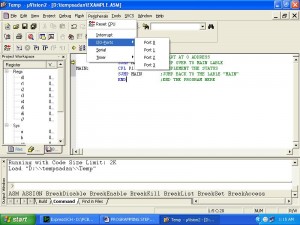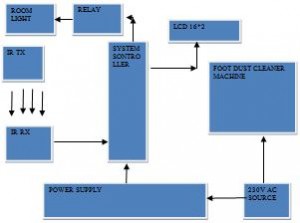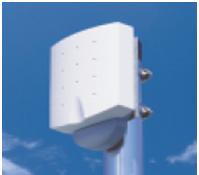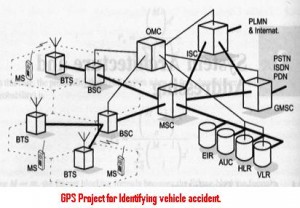Railway security is a very important aspect for a safe and secure transport system and ease for the passengers in travelling. However many challenges have to be overcome before this goal is reached. The project at hand titled “Automatic Railway Signaling System Final Year ECE Project” paves the way for safety and security.
 The security is ensured in four steps. First is the automatic opening/closing of the gates with the help of sensors placed at a few meters from the crossing roads. A controller is placed to coordinate the signals received by sensors. Then there are red and green signals for the train driver to proceed or halt. These signals are managed from the central control room.
The security is ensured in four steps. First is the automatic opening/closing of the gates with the help of sensors placed at a few meters from the crossing roads. A controller is placed to coordinate the signals received by sensors. Then there are red and green signals for the train driver to proceed or halt. These signals are managed from the central control room.
Project description:
In the project Automatic railway signaling system, the opening and closing is coordinated by reflection sensors. These reflection sensors are placed at a few kilometers from the crossing roads. The sensors transmit this information to the embedded controller which is connected to the gate. On the basis of signals received by the sensors, the controller operates the gates.
The protection of the track is ensured by providing a closed loop. If any crack exists then the loop is open and control room sends a sign to stop the trains from moving. The status is given by a LCD which shows the status of the gate. If there is problem with the track, buzzer will activated or else not.
Conclusion:
This project has been successfully designed and tested. All the working parts of the project have passed scrutiny and after careful selection have been integrated then the project assembled. There is a lot of future scope and developments where add-on features can be included. Highly advanced ICs have been incorporated in the project for best performance.
Download Automatic Railway Signaling System Final Year ECE & EIE Project.



